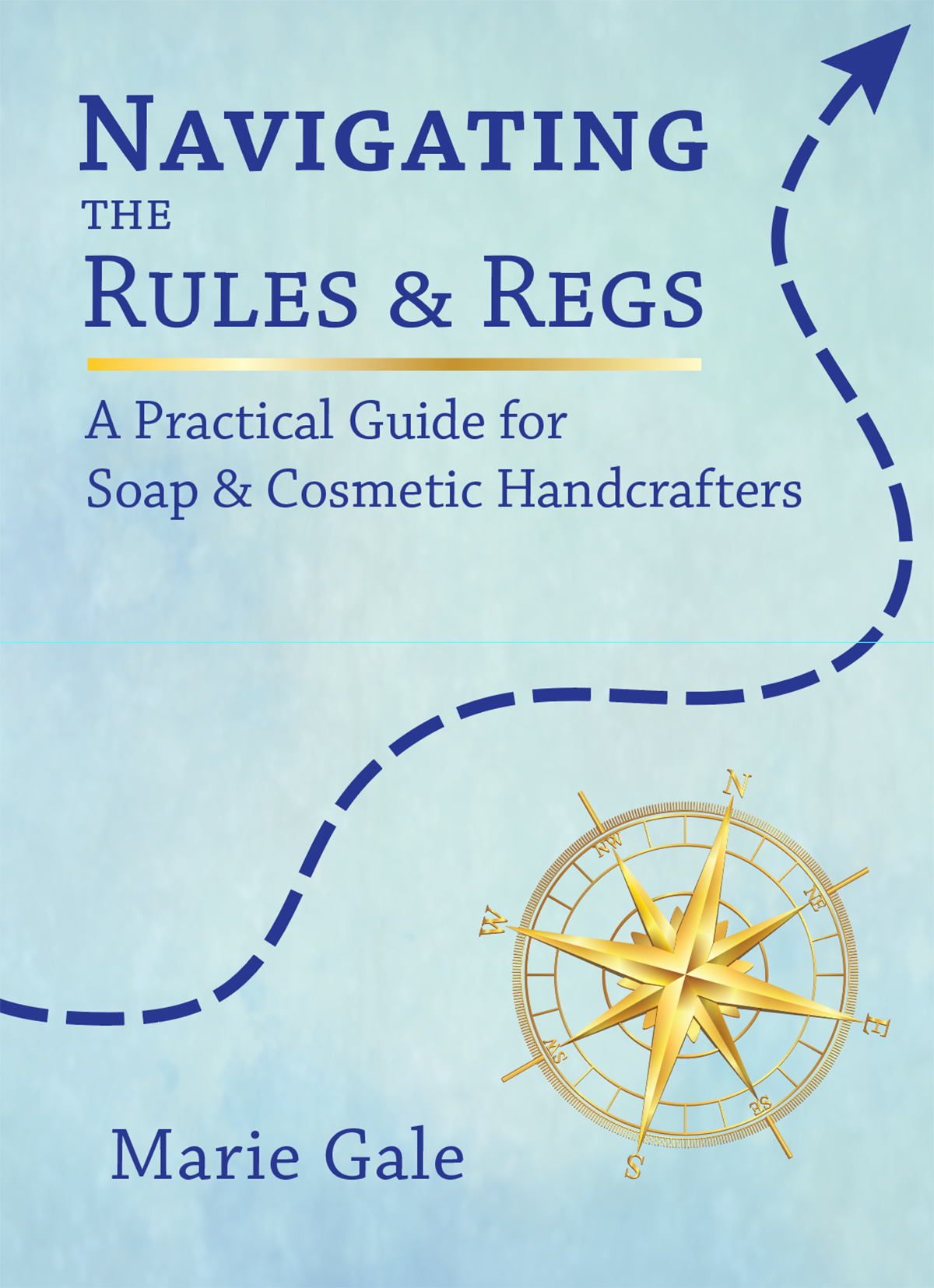
I receive notices whenever the FDA sends out warning letters, and it seems like there has been an increase in warnings to cosmetic companies for drug claims. So I checked. Yes, there definitely has been an increase. One would guess that the FDA is looking a little more carefully at the claims being made. So far in 2015, there have been 5 warning letters on the subject of drug claims made for cosmetic products. That’s more than any year from 2005 until now (except for 2012 which had 11 warning letters for the whole year).
So, what sort of claims are these companies making for their products?
Direct Claims for The Products
Two of the companies made direct claims that their products would alter the function or structure of the body. Some examples:
- “Invigorate[s] the circulatory and lymphatic system”
- “Stimulate[s] circulation…”
- “Clinically proved to change the anatomy of a wrinkle”
- “… Neck Cream. Now even more tightening, lifiting …”
Claims for Ingredients
All of the letters referenced healing/treatment type claims for the ingredients in the products. A few examples include:
- “Vitamin D3 (cholecalciferol) – Helps reduce inflammation, calm irritation….”
- “Glycolic Acid – Helps open follicles and reduce oil production.”
- “Retinol (.01%) – …collagen stimulator.”
- “Arnica – Reduces swelling….”
- “Aloe Barbadensis (Aloe Vera) Extract – Calms inflammation with an anesthetizing response.”
- “Spanish Lavender… inhibit muscle fibers from contracting….”
- “Willowherb… control inflammation….”
Recommendations for Product Use
While not direct healing claims, two of the products made drug claims in the way they recommended the product be used:
- “Recommended for: redness-prone skin, experiencing overall redness, flushing, and sensations of discomfort.”
- “Used to treat dark spots and discolorations….”
In the Identity of the Product
One of the required items on the front label of a cosmetic is it’s “identity”what it is. It’s the common name or a generic statement, not the brand name or name of the product. It can be simple (“soap” or “lotion”) or can be a descriptive name that tells the consumer what it does (“eye area moisturizer” or “cuticle cream”).
These two examples from L’Oreal are cases where the description of the identity was used to make a drug claim for the product.
- “Concentrated Dark Spot Correcting Serum” (L’Oreal Rosaliac AR Intense)
- “Localized Redness Intensive Serum” (L’Oreal Mela-D Pigment Control)
Testimonials
Testimonials are another place the FDA looks for drug claims about a cosmetic product. If you promote a testimonial that makes drug claims, you are forwarding the idea that the intended use of the product is to do the same thing that was claimed in the testimonial. Otherwise, why would it be out there for all to read? Several examples from the L’Oreal warning letter:
- “I have rosacea on my neck when I get warm or undress stress. This product really works to keep it under control!!!”
- “I have broken capillaries and generalized redness on several areas of my face. I was told laser treatment was the only fix. Then… themiracle of Rosaliac AR!”
Snake Oil?
And then there is the product for which all the regulations were written in the first place; blatant and irresponsible claims for a product.
The product cited in one the FDA warning letters this year claims that the primary ingredient (magic Chaga mushrooms) in its products is anti-cancer, antiviral, antimicrobial, antifungal, anti-Candida, anti-malarial, anti-tumor, anti-inflammatory, and that it will treat or cure HIV and AIDS, arthritus, influenza, asthma, H1N1, allergies, hepatitis, Lyme disease, ear infections, Wilson’s disease, bronchitis, Crohn’s disease, multiple sclerosis, Alzheimer’s, ADHD, Down Syndrome, Hodgkin’s Lymphoma, tuberculosis, rheumatoid arthritis, high cholesterol, diabetes, blunted sense of taste (hypogeusia), tinnitus (ringing in the ears), head injuries, ulcerative colitis, peptic ulcers, sickle cell disease and inherited disorders, erectile dysfunction, male infertility, benign prostatic hyperplasia, osteoporosis, muscle cramps associated with liver disease, corneal ulcers, burn injuries, inflammatory diseases, inflammatory bowel disease, long-term damage from exposure to smoke and radiation, facial wrinkles, scar tissue, and protect agains harmful UV rays.
Umm, really?

Leave a Reply